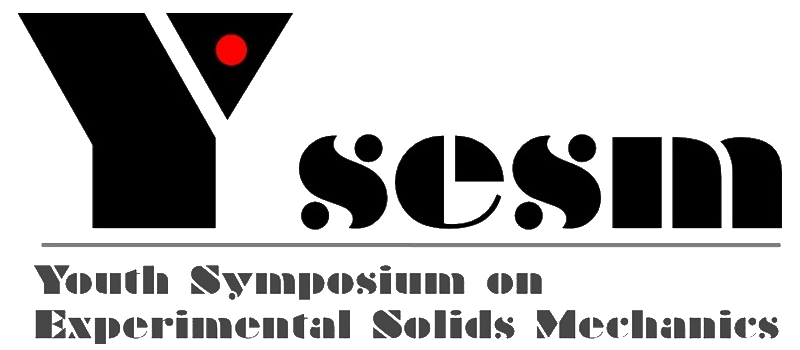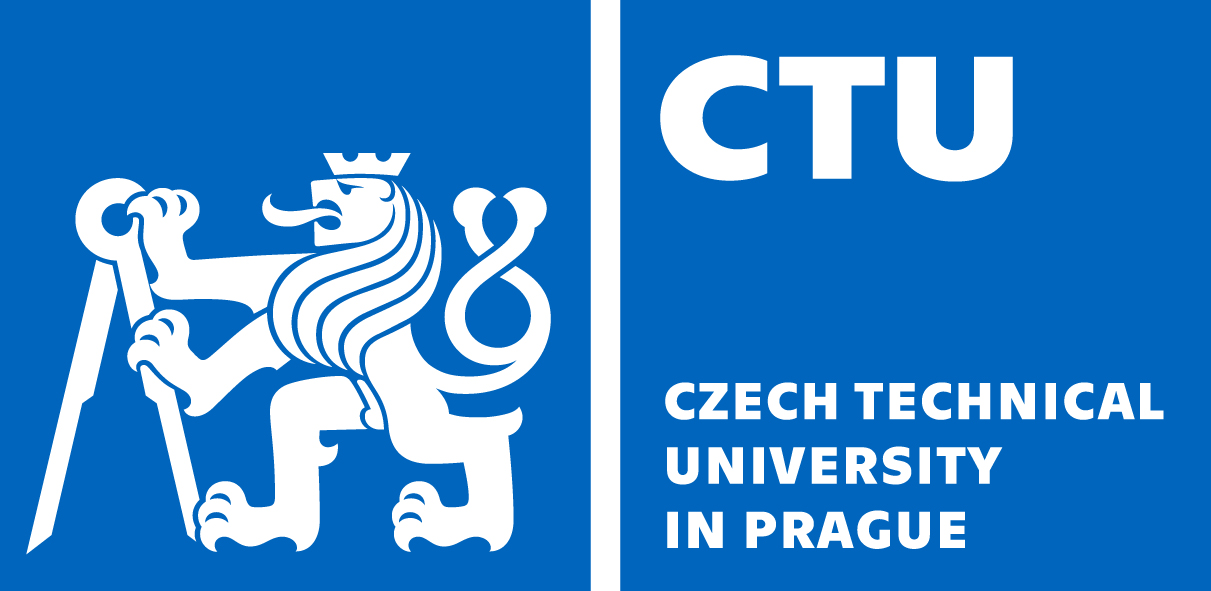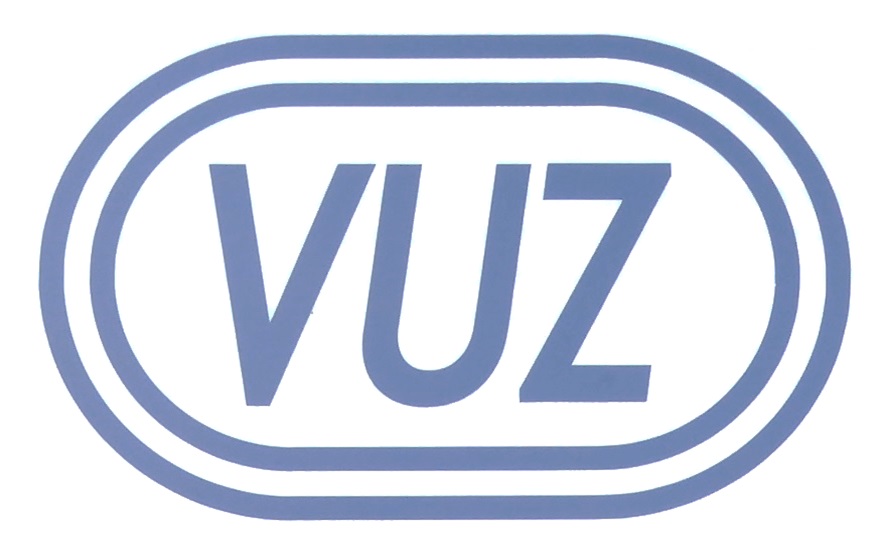June 11th - June 14th, 2023
Telč, Czech Republic
| Tomáš Fíla |
 |
 |
| Faculty of Transportation Sciences, Czech Technical University in Prague |
 |
|
Tomáš Fíla is a postdoctoral researcher at the Faculty of Transportation Sciences, Czech Technical University in Prague, and at the Institute of Theoretical and Applied Mechanics, Czech Academy of Sciences. He defended his Ph.D. thesis entitled: 'Mechanical Behaviour of Materials Under High Strain Rates Investigated by SHPB: Dynamic Properties of Cellular Meta-materials' at the Faculty of Transportation Sciences in 2020. He is currently a head of the DynLab laboratory established at the same faculty. In 2021, he had been at the Technical University Dresden for an internship in the split Hopkinson bar laboratory. His professional interests include experimental investigation of complex materials under high strain rates, high velocity and impact dynamics, development of specialized experimental setups, additive manufacturing, and advanced instrumentation of mechanical experiments through optical imaging, X-ray inspection as well as computed tomography. In 2022, he has received a prestigious 5-year JUNIOR STAR project provided by the Czech Science Foundation. The title of the project is: 'High velocity impact dynamics with fast and flash X-ray radiography'. The project has an ambition to combine dynamic experiments with high speed X-ray imaging in laboratory based environment to provide an unprecedented insight into the deformation behaviour and failure of complex materials. He is an author or co-author of many scientific outputs including several international patents and more than 20 paper published in high ranked journals in the field of materials science.
|
ACTUAL CHALLENGES IN EXPERIMENTAL IMPACT DYNAMICS: PROGRESS IN STATE-OF-THE-ART INSTRUMENTATION AND HIGH SPEED X-RAY IMAGING |
|
Mechanical properties of materials as well as their deformation behavior and failure modes at intermediate and high strain rates are crucial parameters in many engineering fields, including, for instance, crash zones of vehicles, impact and ballistic protection, manufacturing processes, vibration control, shock absorbers and dampers. Over years, several experimental techniques for investigation of materials at high strain rates have been developed, e.g., drop-weight tower, servo-hydraulic machines, split Hopkinson bars or Taylor anvil. Although these techniques can provide relevant results for conventional specimens, it is very challenging to implement them for testing of complex materials such as foams, additively manufactured constructs, lattices, heterogeneous materials, and, especially, full-scale components (panels etc.) subjected to complex modes of dynamic loading. This topic represents an important and progressively developing research field crucial for application of specific engineering solutions optimized for operation under high strain rates. Recently, innovative techniques introducing instrumentation of the impacting projectile [1,2], in-situ high speed X-ray imaging [3] as well as post-impact computed tomography analysis [4] have been presented. In the contribution, we overview current state-of-the-art instrumentation for experimental investigation of materials under high strain rates, including measurement of impact forces during dynamic penetration of panels, in-situ high speed X-ray imaging of the internal processes in the materials during impact, and precise control of the impact to allow for relevant representation of the experiment through inverse numerical simulation. Actual limitations of the techniques and insight into improvements in near future are discussed as well.
|
|
|
| [1] Jakkula, P. et al., The Symmpact: A Direct-Impact Hopkinson Bar Setup Suitable for Investigating Dynamic Equilibrium in Low-Impedance Materials. Experimental Mechanics, Vol. 62, pp. 213–222, 2022. |
| [2] Fíla, T. et al., Dynamic impact testing of cellular solids and lattice structures: Application of two-sided direct impact hopkinson bar, International Journal of Impact Engineering, 148:103767, 2021. |
| [3] Moser, S. et al., In situ flash x-ray high-speed computed tomography for the quantitative analysis of highly dynamic processes, Measurement Science and Technology, 25(2), 2014. |
| [4] Šleichrt, J. et al., Dynamic penetration of cellular solids: Experimental investigation using hopkinson bar and computed tomography, Materials Science and Engineering: A, 800:140096, 2021. |







